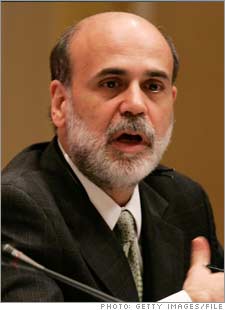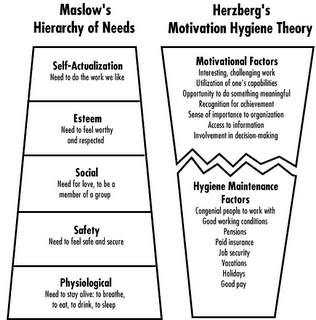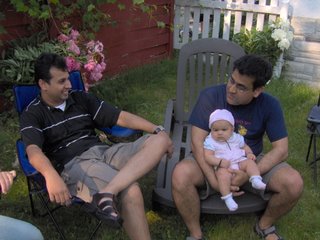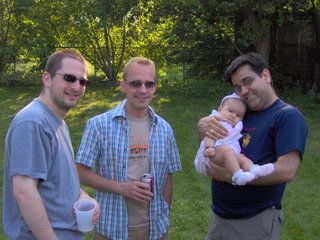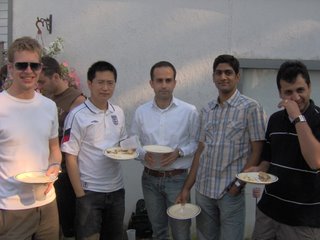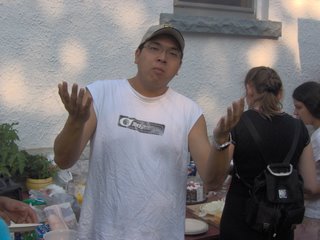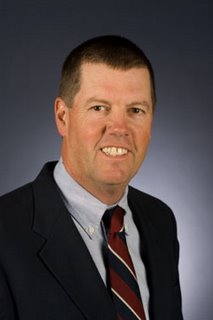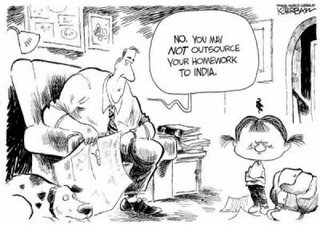Choose a worthy dream, Murthy tells team membersArticle in
CIOL.com
“Completing 25 years is a watershed event in anybody's life. It signals the arrival of a strong, confident, young person, ready to take on bigger challenges,” says N R Narayana Murthy, chairman and chief mentor of Infosys technologies Ltd. on its 25th year of operation.
Calling 25 years of Infosys as a symphonic marathon, he says that it is a marathon since they have a long way to go before they hit the tape.
Infosys, which commenced operations in Pune on July 2, 1981, has grown from a $250 worth start-up with seven youngsters in a 100-sq.ft-office space to a $2-billion company with about 40,000 people today.
Murthy recalls some of the joyous and sad moments in Infosys's annual report filed with the US Securities and Exchange Commission.
“There have been many happy events during these 25 years. Prominent among them are enrolling the first customer, arrival of the first employee, signing of the first million dollar contract, opening of the first sales office abroad, installation of first computer-a DG MV/800, opening up of Electronic city campus, opening Infosys Consulting, Infosys China and reaching magical figure of billion dollar in sales.”
However, the growth was not always a bed of roses. It has given Murthy painful moments as well.
“The unacceptable behavior of a few Infoscions, which brought disgrace to themselves and to the company,” he says without referring to any specific incident.
However, Infosys was not a firm to be let down by any such behaviour. For the majority of those associated with the IT major believes in consistent performance.
“Performance leads to recognition. Recognition brings respect. Respect enhances power. Humility and grace in one's moments of power enhances dignity of an organisation,” he says.
Murthy feels that global benchmarking has helped Infosys to emulate the best companies in the world in specific attributes and in some cases, improve upon them to serve customers better.
“Following the best practices of corporate governance attracts the best investors. Investors understand that every corporation will go through lean days. Bringing bad news to investors early and proactively enhances their trust in us.”
“Ships are safest in the harbor but they are not meant to be there. They have to sail long and hard and face stormy seas to reach the comfort of a desirable destination. Hence, progress requires us to take calculated risks and make bold moves,” he adds.
Elaborating on Infosys contribution to India, Murthy says that the IT major is a shining example of success of economic reforms introduced in 1991.
“
We have demonstrated that it is possible to run business legally and ethically in India. A large number of youngsters have stayed back in India and millions of youngsters in the country aspire to become entrepreneurs. The first large-scale experiment in democratization of wealth using stock options took place at Infosys,” he points out.
Providing his vision for the next 25 years, Murthy wants Infosys to be a place that practices Voltaire's statement: “I disapprove of what you say, but I will defend till death your right to say it.”
Murthy, who will turn 60 this August and subsequently relinquish the office of the chairman of the company, further adds, “I want Infosys to be a place where people of different genders, nationalities, races and religious beliefs work together in an environment of intense competition but utmost harmony, courtesy and dignity to add more and more value to our customers day after day.”
Murthy calls upon Infosys to choose a worthy dream, to go after it confidently and to play a role that will make them all proud in the years to come.
Thanking all those people who helped the company reach this stage, he concludes: “There is no better way for Infosys to acknowledge their contribution than to express her appreciation by borrowing the words of my favorite soprano, Rusel Watson:
'You raise me up, so I can stand on mountains;
You raise me up, to walk on stormy seas;
I am so strong, when I am on your shoulders;
You raise me up; to more than I can be.'”
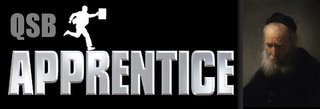 Team 107 is the winner of the Queen's School of Business Apprentice show!
Team 107 is the winner of the Queen's School of Business Apprentice show!

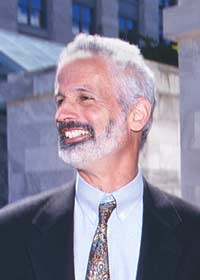 The primary reason for that is bcoz it makes one think hard. Besides that ,all the cases are from the Harvard Business Review that gives us excellent insight.The professor taking the subject is
The primary reason for that is bcoz it makes one think hard. Besides that ,all the cases are from the Harvard Business Review that gives us excellent insight.The professor taking the subject is 
